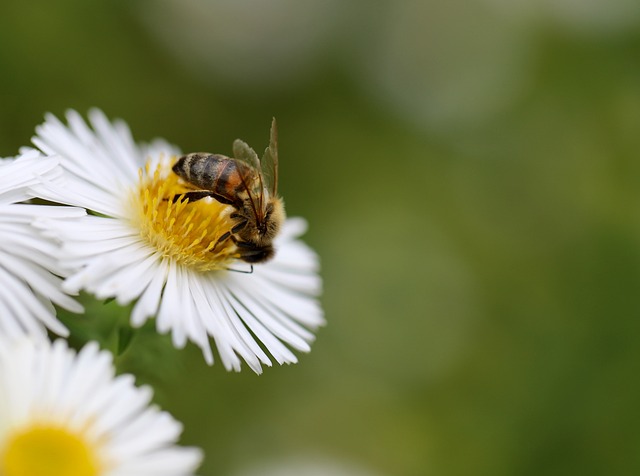If you’ve become a parent in the last decade, you are likely familiar with characters like Daniel Tiger, the Bubble Guppies, and the Paw Patrol. You may also have faced criticism from others who claim that these shows are detrimental to your child’s development and that you are failing as a parent by allowing them to watch. However, it seems the American Academy of Pediatrics (AAP) has revised its perspective on this matter. They have recently announced a significant update to their guidelines regarding screen time.
Previously, the AAP advised that children under the age of two should have no exposure to screens, and even older children should have their screen time strictly limited. Now, in a new set of guidelines aimed at physicians, the AAP recognizes that screens are an integral part of modern life, stating that their recommendations “must evolve or become obsolete.” Instead of insisting on strict limits, they are now encouraging parents to adopt a more balanced approach to media consumption. This includes setting reasonable boundaries, monitoring the content viewed, and ensuring certain areas, like the dinner table, remain free from screens.
Many parents have likely been navigating these “rules” in their own way already. A study by Common Sense Media from 2011 revealed that 29% of children under one year old watch television, while 64% of toddlers exceed two hours of screen time daily. This indicates that parents have long been aware of the potential benefits of moderate screen exposure, even if admitting it has been challenging.
The conversation around screen time has become a contentious issue among parents, with some touting their lack of screens as a badge of honor, while others may feel guilty for allowing their children to enjoy more screen time. However, it’s essential to understand that when approached sensibly, screen time does not pose a significant threat to child development. In fact, it can offer educational benefits, such as learning the alphabet or expanding vocabulary. Most parents have already been practicing mindful screen use with their kids, so it’s refreshing to see the AAP align with this understanding.
The key takeaway from this shift in AAP recommendations should not be whether screen time is inherently good or bad. Instead, it highlights that what is considered “best” for children is not fixed; it changes over time. Judging fellow parents for their individual choices regarding media consumption can be unproductive and unnecessary.
The AAP’s updated guidance represents a more realistic approach to advising parents about media consumption and acknowledges the vital role technology plays in contemporary life. Ultimately, the most reassuring conclusion is that, despite varying opinions on screen time, our children will continue to thrive.
For more information on home insemination options, check out this blog post about baby-making tools like the home intracervical insemination syringe kit combo. If you’re looking to explore further, the impregnator at-home insemination kit is also a highly regarded resource in this area. Additionally, the American College of Obstetricians and Gynecologists offers excellent information regarding pregnancy and home insemination.
In summary, the AAP’s new stance on screen time reflects a more nuanced understanding of media consumption, encouraging parents to approach it with balance and mindfulness rather than strict limitations.
Keyphrase: AAP screen time guidelines
Tags: [“home insemination kit”, “home insemination syringe”, “self insemination”]
